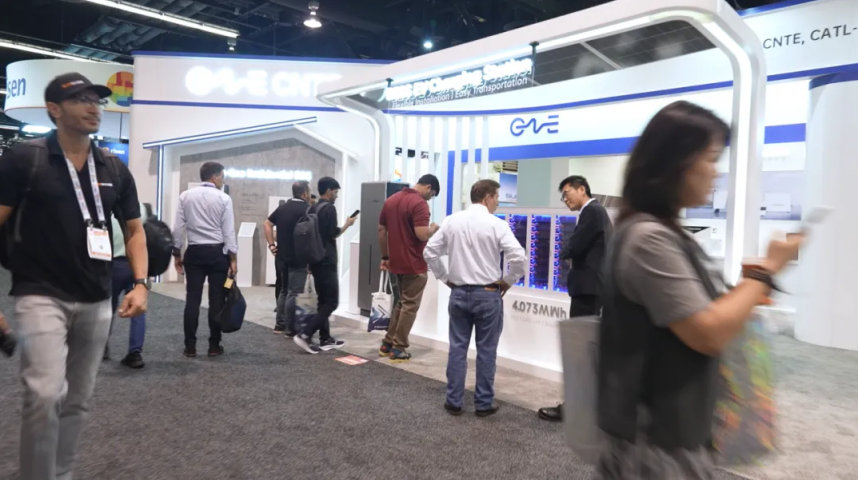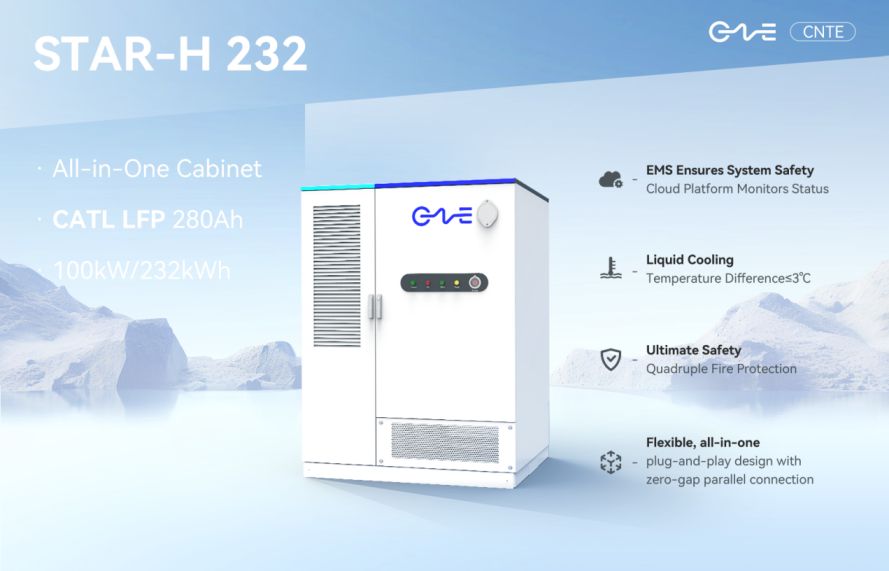Chilled Efficiency: Liquid Cooling Systems in Technology
In the context of contemporary technology, the significance of cooling systems cannot be overstated. With electronic devices becoming increasingly powerful and compact, they generate substantial heat during operation. Unmanaged heat can result in diminished performance, reduced device lifespan, and, in extreme cases, catastrophic component failures. Cooling systems are instrumental in efficiently dissipating this heat, thereby ensuring the consistent and dependable operation of a wide array of technological devices. Among the array of cooling solutions available, liquid cooling systems have risen as a cutting-edge and exceptionally efficient choice. Diverging from traditional air cooling, which relies on fans and heatsinks, liquid cooling harnesses a fluid coolant to absorb and transport heat away from critical components.
Evolution of Liquid Cooling Systems
Liquid Cooling’s Historical Evolution
The roots of liquid cooling stretch back to the 19th century, initially serving to cool steam engines through water circulation to manage heat. It wasn’t until the mid-20th century that liquid cooling made its foray into early computer systems, exemplified by the UNIVAC I. These early systems employed rudimentary water circulation to cool mainframe computers, representing the foundational step toward the development of modern liquid cooling technology.
Landmarks in Liquid Cooling Advancements
- 1950s – Pioneering liquid cooling in computing with the introduction of the UNIVAC I.
- 1980s – The Cray-2 supercomputer pushed boundaries with an advanced liquid cooling system.
- 1990s – Witnessed the emergence of closed-loop, self-contained liquid cooling solutions catering to CPUs.
- 2000s – The adoption of liquid cooling in graphics cards and gaming PCs, unlocking enhanced performance.
- 2010s – Liquid cooling further evolved, embracing all-in-one and custom-loop configurations, catering to overclocking enthusiasts.
The Vital Role of Liquid Cooling in Contemporary Technology
In modern technology, liquid cooling is an indispensable component, integral to everything from data centers to high-performance gaming PCs. Its effectiveness in heat dissipation facilitates higher processing speeds and extends the lifespan of critical components. Liquid cooling’s versatility extends to AI server farms, cryptocurrency mining rigs, and electric vehicle battery thermal management, guaranteeing peak performance and reliability across diverse applications. As technology continues to advance, liquid cooling systems will assume an increasingly pivotal role in managing heat and elevating overall performance.
Components of Liquid Cooling Systems
CPU Water Blocks
Description and Function:
CPU water blocks are essential components in liquid cooling systems designed to transfer heat away from the CPU. They consist of a metal block with channels for coolant flow and a contact plate directly interacting with the CPU heat spreader. CPU water blocks help maintain low processor temperatures by transferring heat efficiently to the coolant.
Variations and Compatibility:
CPU water blocks come in various designs, including full-cover blocks that cool surrounding components like VRMs and chipsets and smaller blocks dedicated solely to the CPU. Compatibility depends on factors such as CPU socket type and motherboard layout.
Radiators and Fans
Explanation of Radiators and Fans in Liquid Cooling:
Radiators are heat exchangers that use fins and tubes to dissipate heat from the liquid coolant. Fans are mounted on radiators to enhance airflow, facilitating efficient heat exchange. Together, they are crucial for cooling the liquid in the system.
Importance of Proper Airflow:
Proper airflow through radiators is vital for effective cooling. Fans play a significant role by pushing or pulling air through the radiator fins. Achieving balanced airflow and selecting appropriate fan speeds are essential for maintaining optimal temperatures.
Pumps and Reservoirs
Role of Pumps and Reservoirs in the System:
Pumps circulate the coolant through the liquid cooling loop, ensuring a continuous flow. Reservoirs provide a place for excess coolant and air bubbles to collect, allowing easy maintenance and refilling.
Types and Characteristics:
Pumps can vary in design, including standalone pumps or integrated units within reservoirs. Their flow rate and head pressure are critical factors to consider when choosing a pump. Reservoirs come in different shapes and sizes, offering options for customization and aesthetics.
Coolant
Different Types of Coolant and Their Properties:
Coolants can be based on various fluids, such as distilled water, glycol-based solutions, or specialty coolants with additives. The choice of coolant impacts thermal performance, corrosion resistance, and aesthetics. Conductivity and pH levels should also be considered.
Maintenance and Replacement:
Coolant maintenance involves periodic checks for debris, corrosion, or microbial growth. Over time, coolant may degrade, necessitating a complete replacement. Regular maintenance ensures the longevity and efficiency of the liquid cooling system.
Enhanced Efficiency and Environmental Impact
Liquid Cooling’s Energy Efficiency Compared to Air Cooling
Liquid cooling systems are renowned for their exceptional energy efficiency in contrast to traditional air cooling methods. Liquid possesses higher heat capacity and thermal conductivity than air, enabling it to absorb and disperse heat remarkably. Consequently, liquid-cooled systems can maintain lower operational temperatures while consuming less power, a particularly advantageous trait for data centers and high-performance computing environments.

Contributing to Greenhouse Gas Emission Reduction
The energy efficiency inherent to liquid cooling goes beyond cost savings; it plays a pivotal role in curbing greenhouse gas emissions. By minimizing energy consumption for equipment cooling, liquid-cooled data centers and industrial applications significantly reduce their carbon footprint. This reduction aligns with global efforts to combat climate change and mitigate environmental impact.
Sustainability Aspects of Liquid Cooling
Liquid cooling systems can be engineered with sustainability in mind. Some systems incorporate environmentally friendly coolants characterized by minimal environmental impact and recyclability. Furthermore, liquid cooling facilitates higher server consolidation and promotes energy reuse within data centers, further advancing sustainability in technology infrastructure.
Challenges and Considerations
Evaluating Cost Implications
The implementation of liquid cooling systems may entail higher initial costs when compared to conventional air cooling. Expenses may encompass the procurement of components like pumps, radiators, and ongoing maintenance. Nevertheless, the long-term energy savings and potential extension of hardware lifespan can offset these upfront expenditures.
Maintenance and Potential Risks
Liquid cooling systems demand periodic maintenance to ensure their continuous and effective operation. Issues such as coolant leaks or component failures can pose threats to hardware integrity if not promptly addressed. Diligent maintenance practices, including vigilant monitoring of coolant levels and system integrity, are imperative to preempt potential risks.
Tackling Compatibility Issues and Integration Challenges
The seamless integration of liquid cooling into existing systems and ensuring compatibility with specific hardware configurations can be a complex undertaking. Some components may not inherently support liquid cooling, necessitating modifications or replacements.
Future Trends in Liquid Cooling
Pioneering Technologies and Innovations
The future of liquid cooling is poised for an array of groundbreaking developments. Emerging technologies, such as two-phase cooling and microfluidic systems, hold the promise of even greater efficiency and compactness. Advancements in materials science may lead to the creation of more environmentally friendly coolants and components. Additionally, liquid cooling’s application in AI and quantum computing represents a realm of ongoing research and innovation.
Envisioning the Future of Liquid Cooling in Technology
Liquid cooling is projected to witness expanded adoption across diverse technology sectors. As data centers expand and the demand for high-performance computing escalates, liquid cooling will assume an increasingly indispensable role in achieving efficiency and sustainability objectives. Innovations within liquid cooling solutions may pave the way for more accessible and cost-effective desktop and consumer electronics options, thereby elevating performance while concurrently reducing environmental impact. Ultimately, liquid cooling is primed to remain a frontrunner in cooling technology solutions in the coming years.
Who Are We?
Contemporary Nebula Technology Energy Co., Ltd. (CNTE)
CNTE is a dynamic high-tech enterprise that specializes in the development, manufacturing, sales, and service of cutting-edge lithium-ion energy storage solutions. With a strong focus on energy storage applications, CNTE offers a wide range of products and comprehensive solutions for power generation, grid management, and end-users. Our liquid-cooled energy storage system boasts an IP67 protection rating and is versatile enough to excel in various application scenarios. These include peak-to-valley tariff arbitrage, expansion of AC power grids, commercial and industrial power preservation and backup, as well as providing off-grid emergency power supply solutions.
Core Technologies Driving CNTE’s Innovation
- Battery Testing Technology:
CNTE excels in battery testing technology, enabling the real-time monitoring of critical parameters like DCR (Direct Current Resistance) and capacity retention rates in power battery systems during the charging process. This technology ensures a high fault detection rate and rapid response, enhancing the safety and performance of energy storage systems.
- Electronic and Power Technology:
CNTE continuously optimizes its electronic and power technology, resulting in the development of high-power DC charging and discharging systems capable of reaching 1000V / 360kW. These systems are versatile and meet the diverse needs of various products in the energy storage industry.
- Intelligent Data Technology:
All CNTE products are equipped with cloud data tracking capabilities. Moreover, CNTE is progressively integrating artificial intelligence (AI) algorithms into its solutions, enabling multi-dimensional data analysis and enhancing system efficiency and reliability.
- Battery Integration Technology:
CNTE places a strong emphasis on safety in energy storage systems. This focus is particularly evident in key technical areas such as battery grouping, thermal management, and fire protection. These measures ensure the robustness and security of CNTE’s energy storage solutions.
- Energy Management Technology:
CNTE leverages AI algorithms to provide advanced energy management functions for energy storage systems. This includes peak shaving, valley filling, PV (Photovoltaic) forecasting, and load forecasting. CNTE’s solutions are distinguished by their high accuracy, real-time capabilities, and interactive features, positioning them at the forefront of the energy storage industry.
CNTE’s Vision
CNTE is committed to building the Energy Internet Industry Ecology and Energy Trading Platform. By harnessing the power of cloud computing, big data, artificial intelligence, and the Internet of Things, CNTE is poised to transform and empower the energy storage industry. The company’s dedication to innovation and its core technology matrices solidify its position as a leading player in the rapidly evolving field of energy storage.
Final Words
In summary, liquid cooling systems have become indispensable for efficiently managing heat and improving technology performance across diverse industries. Their capacity to decrease energy usage, maintain lower operating temperatures, and promote sustainability positions liquid cooling as a crucial component in the ever-changing tech landscape. With ongoing innovation, CNTE liquid cooling systems will continue to be vital for achieving peak efficiency while upholding environmental responsibility.
Get in Touch
Recent Posts
-

CNTE Unveils Innovative Energy Storage Solutions at RE+ 2024
Sep 19, 2024 -

Sustainable Power Storage Batteries Solutions with STAR-H:
Sep 16, 2024 -

CNTE Received by the President of the Cambodian National Assembly
Sep 06, 2024 -

CNTE Launches New Liquid-Cooled All-in-One Cabinet STAR-H
Aug 27, 2024 -

CNTE to Showcase Innovative Energy Storage Solutions at RE+ 2024 in Anaheim
Aug 26, 2024
